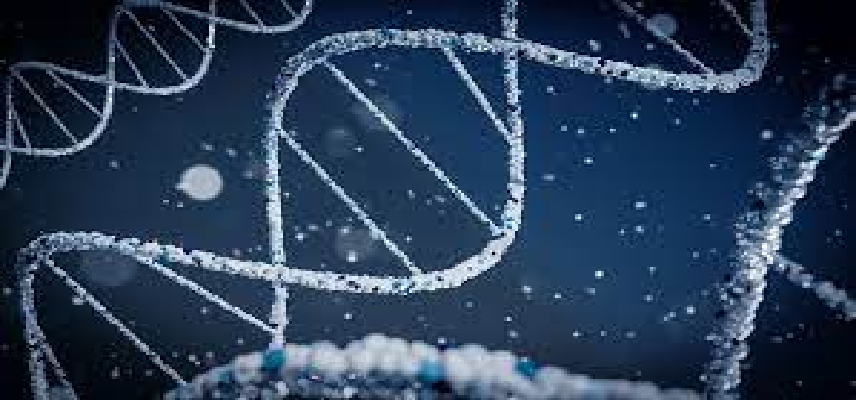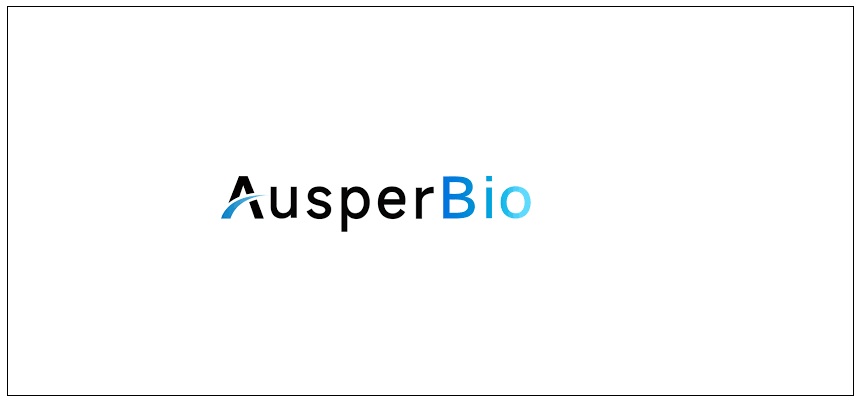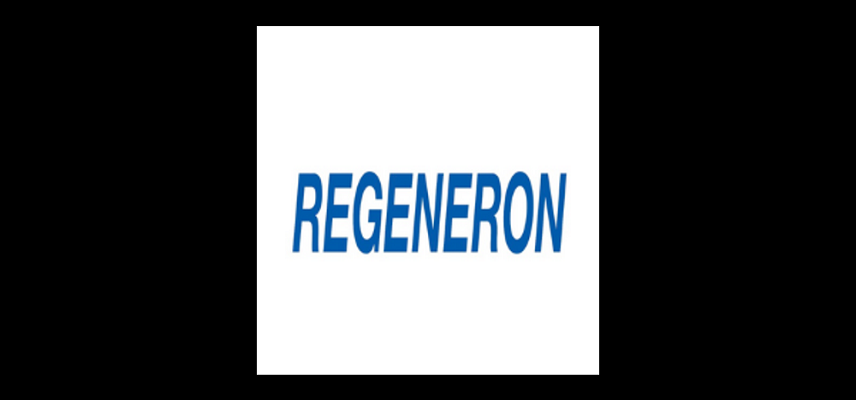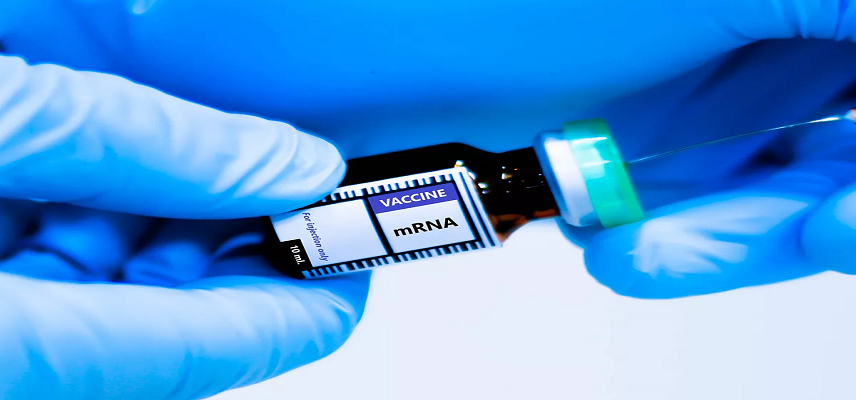US FDA Grants Rare Paediatric Designation to ARTHEx Biotech’s ATX-01
US FDA grants rare paediatric designation to ARTHEx Biotech’s ATX-01 for the treatment of myotonic dystrophy type 1
Overview
ARTHEx Biotech S.L., a clinical-stage biotechnology company focused on developing innovative medicines through the modulation of gene expression, announced that the US Food and Drug Administration (FDA) has granted Rare Paediatric Designation (RPD) to ATX-01 for the treatment of myotonic dystrophy type 1 (DM1), a rare neuromuscular disorder. In addition to RPD, ARTHEx has previously received Orphan Drug Designation (ODD) for ATX-01 in DM1 from the US and European authorities.
About the Molecule: ATX-01
- ATX-01 is an antimiR oligonucleotide designed to inhibit microRNA23b (miR-23b), which is a natural repressor of MBNL protein expression.
- In DM1 patients, loss of MBNL protein function caused by (1), reduced expression of MBNL proteins due to miR-23b upregulation and (2) MBNL sequestration in toxic DMPK mRNA, leads to a spliceopathy, which is the cause of symptomatology in DM1patients.
Impact on Human DM1 Myoblast Cell Lines
- In human DM1 myoblast cell lines obtained from patients with a wide range of CTG repeat lengths, ATX-01 increased MBNL protein expression and reduced significantly toxic DMPK mRNA, correcting critical cellular defects such as spliceopathy.
- ATX-01 is currently being evaluated in the phase I-IIa ArthemiR trial for the treatment of DM1.
ATX-01 for Muscle & Brain
- ATX-01 is an oleic acid-conjugated antisense oligonucleotide with preferential delivery to target tissues (muscle & brain).
- Given the combination of its mechanism of action (increased MBNL protein level and reduction of toxic DMPK mRNA) and its ability, in animal models, to cross the blood brain barrier, it is being investigated for different forms of DM1, from congenital through to adult forms.
The DM1 Phenotypes
- Several DM1 phenotypes are recognized including Congenital DM1, Childhood DM1, Adult or Classic DM1, and Mild or Late Onset DM1.
- Generally, paediatric forms have a higher number of CTG repeats, manifest symptoms earlier, and present with a qualitatively different phenotype, including greater brain-related symptomatology, than adult DM1.
- In addition, the serious and life-threatening manifestations of DM1 primarily affect children and adolescents.
Words from the CMO: ARTHEx
- Myotonic Dystrophy Type 1 is an aggressive and challenging neuromuscular disorder affecting not only adults, but also children and has no approved treatment option for any age group,” said Judith Walker, M.D., chief medical officer of ARTHEx.
- By leveraging its dual mechanism of action to increase levels of MBNL protein levels and reduce DMPK toxic mRNA, and its ability to be efficiently delivered, in animal, to muscle and brain, we believe that ATX-01 has the potential to become a best-in-class treatment for DM1. Along with our Orphan Drug Designations in both the US and Europe, this Rare Paediatric Disease Designation further strengthens and broadens our development plans for ATX-01 across the full spectrum of DM1.
The Rare Paediatric Disease
According to US regulations, a “rare paediatric disease” is a disease that meets the following criteria:
- The disease is a serious or life-threatening disease in which the serious or life-threatening manifestations primarily affect individuals aged from birth to 18 years, and,
- The disease is a rare disease or condition, within the meaning of US law.
The Rare Paediatric Disease
- The FDA awards Rare Paediatric Disease (RPD) designation in a bid to incentivise Sponsors, such as ARTHEx to develop drugs for children with rare diseases.
- One of the key benefits of holding RPD designation is the ability to apply for a Priority Review Voucher (PRV) if certain conditions are met.

Optimize Your trial insights with Clival Database.
Are you exhausted from the uncertainty of trial insights pricing? Clival Database ensures the clarity in the midst of the global scenario for clinical trials to you.Clival Database is one of the best databases that offers an outstanding number of clinical trial data in terms of 50,000+ molecules and from primary regulatory markets as well as new entrants like Indian and Chinese markets.
With Clival, you get accurate positioning of historical sales data, patent database, company profiling, safety & efficacy, and prediction of launch of new innovative molecules helping you to align your research and driving down the cost.
To add value, we further break down our analytics for you so that improving your operational effectiveness; optimizing your clinical trials; and offering you accurate and high-quality data at lowest possible prices becomes possible.
Elevate your trial success rate with the cutting-edge insights from Clival database.
Check it out today and make more informed sourcing decisions! Learn More!







